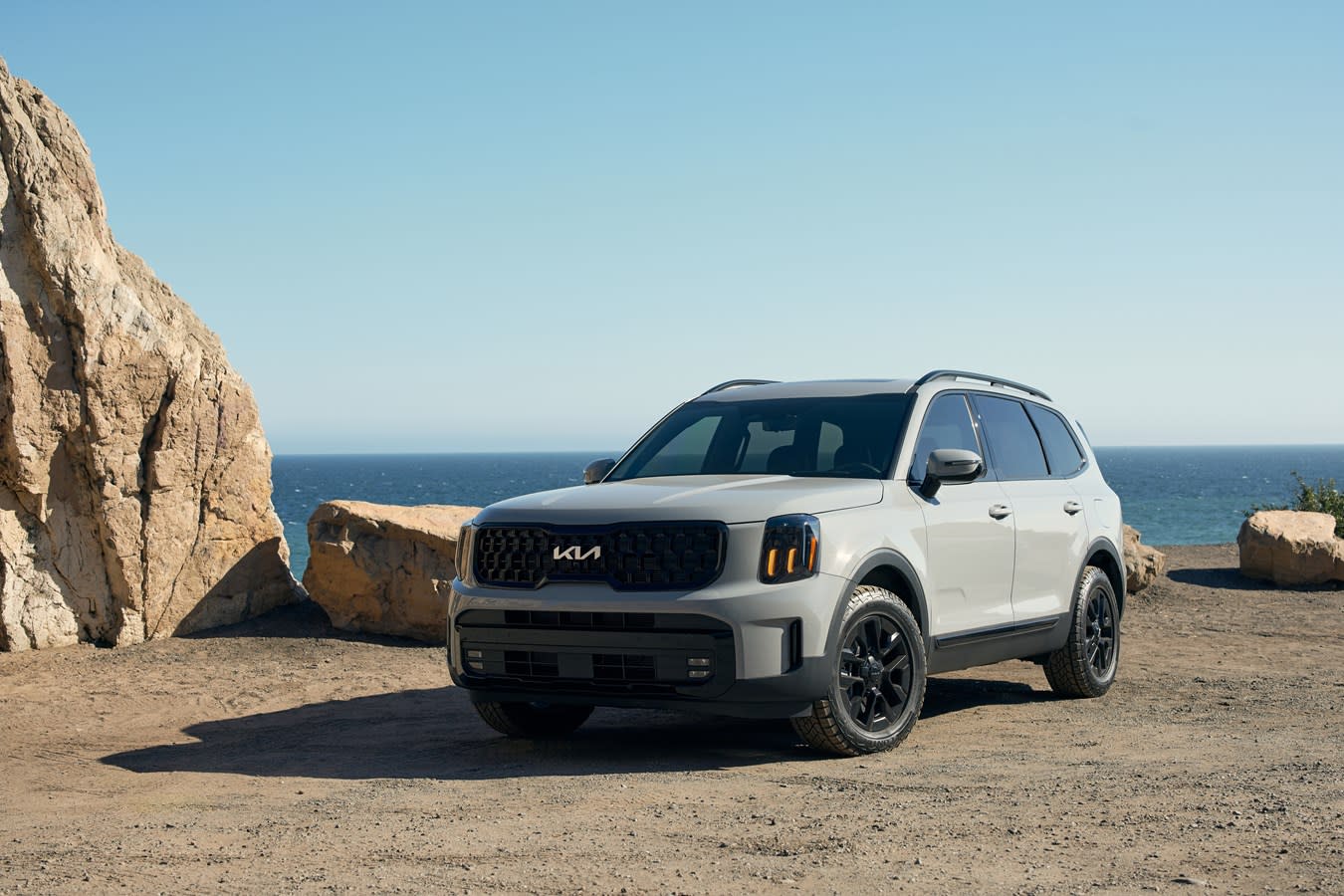Sunroofs have become an increasingly common feature in modern vehicles, often marketed as a premium touch that enhances cabin ambiance and elevates the driving experience.
From panoramic glass roofs in SUVs to tilt-and-slide systems in sedans, the appeal of natural light and an open-air feeling can’t be denied.
However, not all sunroofs are created equal, especially when it comes to heat management. While many vehicles come with integrated sunshades designed to block sunlight, these shades are often made of thin fabric or mesh materials that allow significant amounts of heat to seep into the cabin.
In warmer climates or during the summer months, this design flaw can make a car’s interior noticeably hotter, even with the shade drawn. The result? A steamy, uncomfortable environment and an overworked air conditioning system.
The problem lies not just in the materials used but also in the assumptions automakers make about aesthetics versus functionality. Panoramic glass roofs, in particular, often prioritize style over substance. Automakers tout their elegance, spacious feel, and visual appeal, but overlook one major practical downside—thermal insulation.
The average sunroof shade in many vehicles isn’t a true “heat blocker.” It’s essentially a light diffuser, designed more to cut down glare than to offer insulation.
As a result, even when the shade is closed, infrared heat penetrates the fabric, warming up the interior and forcing the climate control system to work overtime. This is more than an annoyance—it can significantly affect comfort, fuel efficiency, and even long-term HVAC system wear.
In this article, we spotlight 10 vehicles across various categories—SUVs, sedans, and crossovers—that suffer from this very issue. These models may impress in terms of performance, tech, and design, but when it comes to sunroof heat insulation, they fall short.
If you’re shopping for a car and live in a region where heat is a concern, this list is worth considering. For owners of these vehicles, we also briefly touch on some aftermarket solutions or workarounds that can help mitigate the issue.
Whether you’re looking to stay cooler on hot days or simply want to understand the overlooked consequences of some modern automotive trends, this list aims to inform and prepare you.
Also Read: 10 Best Cars for Families and 5 You Might Regret
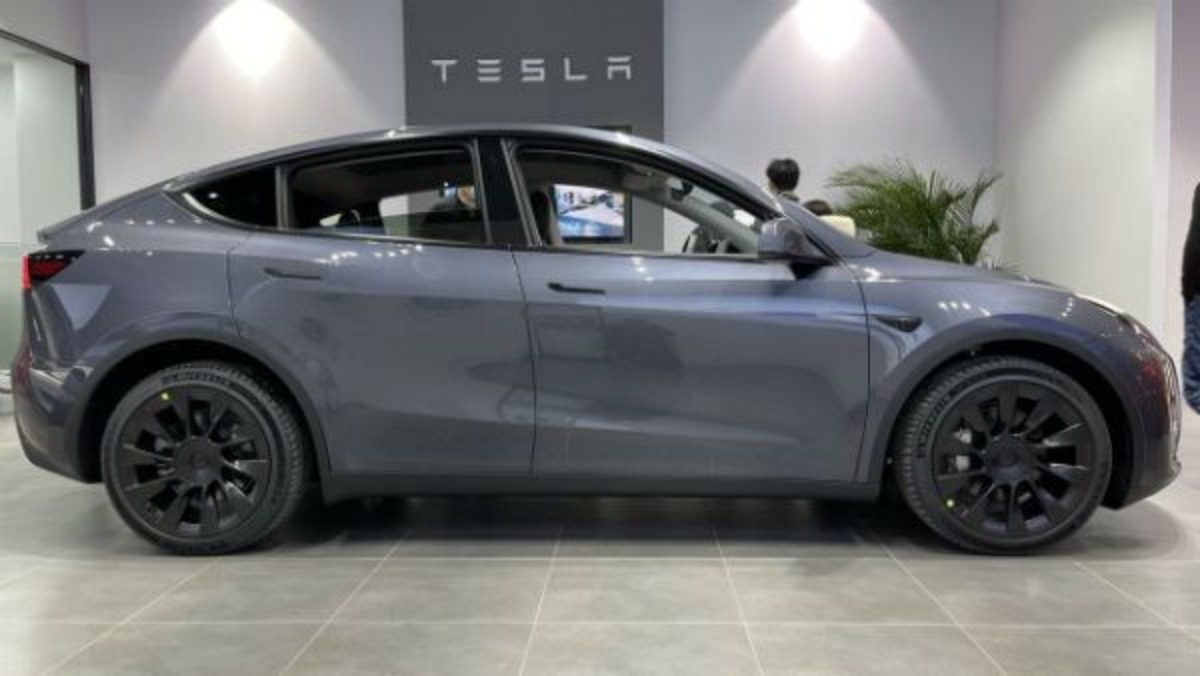
1. Tesla Model Y
The Tesla Model Y is a technological marvel and one of the most popular electric vehicles on the market today. With its minimalist interior, swift acceleration, and full self-driving capabilities (for those who opt in), it’s a symbol of the electric revolution.
One of its standout design elements is the expansive all-glass roof, which stretches from the front windshield all the way back, giving passengers a panoramic view of the sky. While this feature certainly enhances the sense of space and modernity inside the cabin, it comes at a cost, particularly in warmer environments.
Despite Tesla’s claims that the roof glass is treated to reject infrared and ultraviolet light, real-world use often tells a different story. Drivers in hot regions frequently report uncomfortable cabin temperatures, even when using Tesla’s mesh-style roof sunshade (often purchased separately).
The shade may reduce glare and soften sunlight, but it doesn’t offer significant protection against radiant heat. After a few hours parked in direct sunlight, the interior of a Model Y can feel like a greenhouse, requiring the HVAC system to work overtime just to bring temperatures down to a tolerable level.
This is particularly problematic for a vehicle that relies on battery power alone. Increased HVAC usage, especially on hot days, can lead to faster battery drain—something EV drivers are acutely aware of.
Preconditioning the cabin via the Tesla app is one workaround, but it requires planning and isn’t always practical if you’re running errands or don’t have your phone on hand.
For some, this undermines the vehicle’s otherwise seamless, high-tech ownership experience. In regions with extreme temperatures, this heat issue becomes a daily hassle rather than an occasional nuisance.
Owners have turned to third-party solutions, such as reflective thermal covers and ceramic tinting, to combat this problem. These solutions do help, but they add cost and may interfere with aesthetics or visibility.
It’s a bit ironic—Tesla is known for cutting-edge innovation, but this basic comfort feature feels under-engineered. An insulated, retractable sunshade or dual-pane thermal roof glass would better align with the vehicle’s otherwise high-end reputation.
In short, while the Model Y excels in many critical areas—performance, efficiency, and tech—it falls flat when it comes to thermal management via its sunroof.
This may not be a deal-breaker for every buyer, but for those living in hot, sunny regions, it should be a serious consideration. The visual appeal of the glass roof is undeniable, but until Tesla offers a true heat-blocking solution, it remains more form than function.
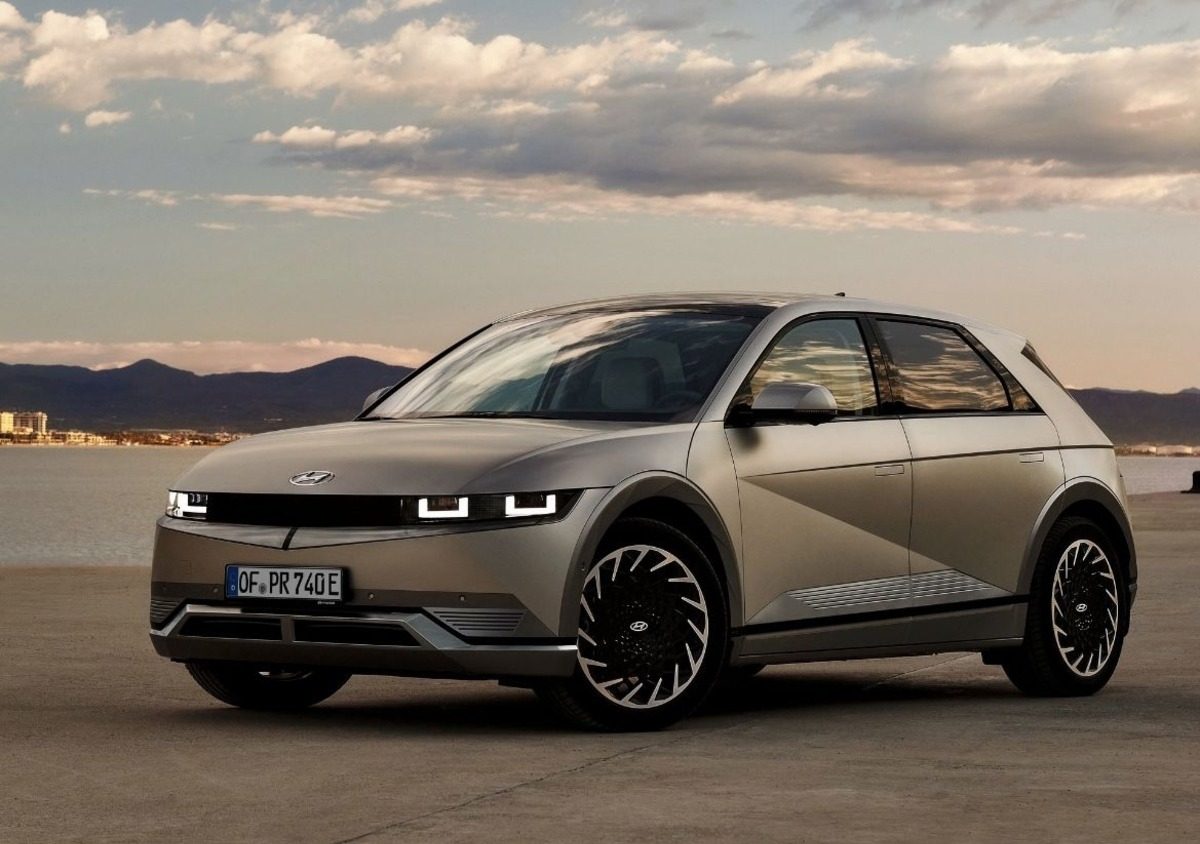
2. Hyundai Ioniq 5
The Hyundai Ioniq 5 is widely regarded as one of the most innovative electric crossovers to hit the market. With its bold styling, ultra-fast charging capabilities, and interior space that rivals larger SUVs, it represents Hyundai’s ambitious leap into the EV world.
One of the most visually appealing features of the Ioniq 5 is its optional panoramic sunroof, which enhances the cabin’s lounge-like atmosphere. But while it looks impressive, it doesn’t hold up under high heat, particularly because the integrated shade fails to insulate the cabin properly.
The sunroof shade in the Ioniq 5 is a single-layer, lightweight fabric material that primarily blocks light, not heat. During hot summer days, the cabin heats up rapidly, even with the shade drawn. This becomes apparent the moment you enter the car after it’s been parked in the sun.
Metallic or synthetic trim pieces inside the vehicle can become hot to the touch, and surfaces near the roof can radiate warmth for long periods. This undermines the comfort-focused design Hyundai worked hard to achieve.
What’s more concerning is how this impacts the range. EVs are especially sensitive to HVAC load, and the extra work required to cool the cabin draws energy from the battery. On long trips or in areas without consistent access to fast chargers, this can become an unexpected frustration.
It’s also a poor match for Hyundai’s eco-conscious image, creating inefficiencies that conflict with the vehicle’s sustainability message. The shade should be more than a stylistic curtain; it needs to be an effective thermal barrier.
Many owners have resorted to aftermarket options, such as heat-reflective inserts or custom thermal sunshades that offer better insulation. Some have also added professional ceramic tints, which do help reduce heat entry through the glass, but still don’t fully solve the problem.
These added costs and modifications are frustrating for buyers who thought they were getting a top-tier, all-inclusive EV. It feels like Hyundai stopped one step short of truly engineering the Ioniq 5’s sunroof for extreme climates.
Ultimately, while the Ioniq 5 is a brilliant vehicle in many respects, the sunroof heat issue stands out as a significant oversight. For buyers in moderate climates, it may be a minor annoyance.
But for those living in deserts or subtropical regions, it can impact the car’s livability and even its long-term efficiency. Hyundai has done so much right with the Ioniq 5—it’s time the sunroof design caught up to the rest of the innovation.
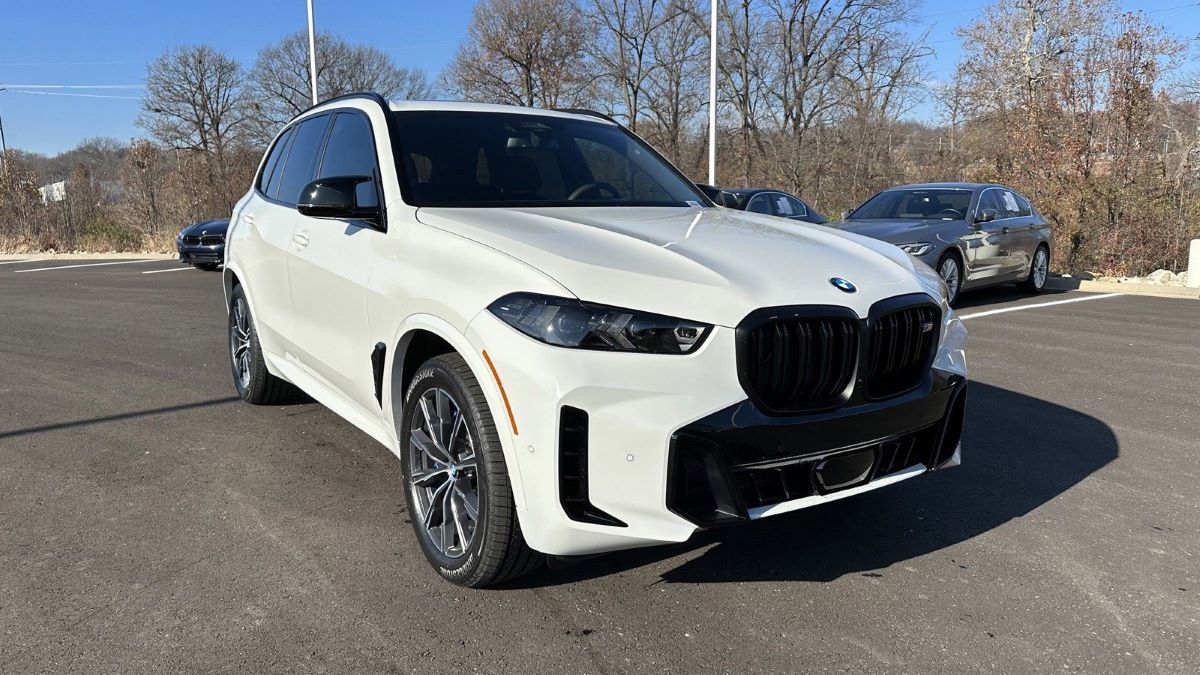
3. BMW X5 (with Panoramic Roof)
The BMW X5 remains one of the most respected midsize luxury SUVs, with a blend of performance, sophistication, and tech that keeps it competitive year after year. As part of its premium package, it comes equipped with a large panoramic sunroof that bathes the cabin in natural light.
This feature is a major selling point for luxury buyers seeking a bright and open interior. However, the accompanying sunroof shade doesn’t live up to the high standards expected from a vehicle in this class.
The shade BMW includes is motorized and smoothly integrated, but its actual performance is underwhelming when it comes to blocking heat. It uses a mesh-like material that filters sunlight but doesn’t effectively prevent heat transfer.
In direct sun, especially during the summer, cabin temperatures can rise quickly, even with the shade closed. For a brand that emphasizes the “Ultimate Driving Machine” experience, this heat intrusion detracts from what should be a supremely comfortable environment.
Owners in hot climates often report needing to run the AC at full blast after parking for even short periods in the sun. While BMW’s climate system is powerful and responsive, it shouldn’t be compensating for a weak sunroof shade.
This inefficiency can lead to fuel waste in gasoline models and slightly reduced electric range in plug-in hybrid variants. For a luxury SUV priced well above many of its competitors, this feels like a corner that was unnecessarily cut.
There’s also a practical safety aspect to consider. Families with children or pets in the back seat will find the heated cabin particularly concerning. BMW has packed the X5 with safety features, from collision avoidance to driver attention monitoring, but failed to protect against something as predictable as solar heat buildup. It’s a strange contradiction in a vehicle that otherwise anticipates nearly every passenger’s need.
To be fair, aftermarket solutions exist, including upgraded ceramic tints or thicker retractable shades. But for buyers spending upwards of $70,000 on a luxury SUV, those should be unnecessary.
The panoramic roof may offer a premium aesthetic, but it brings with it a tangible downgrade in thermal comfort. Until BMW upgrades the material or offers a true thermal-insulating option, this remains a weak point in an otherwise excellent vehicle.
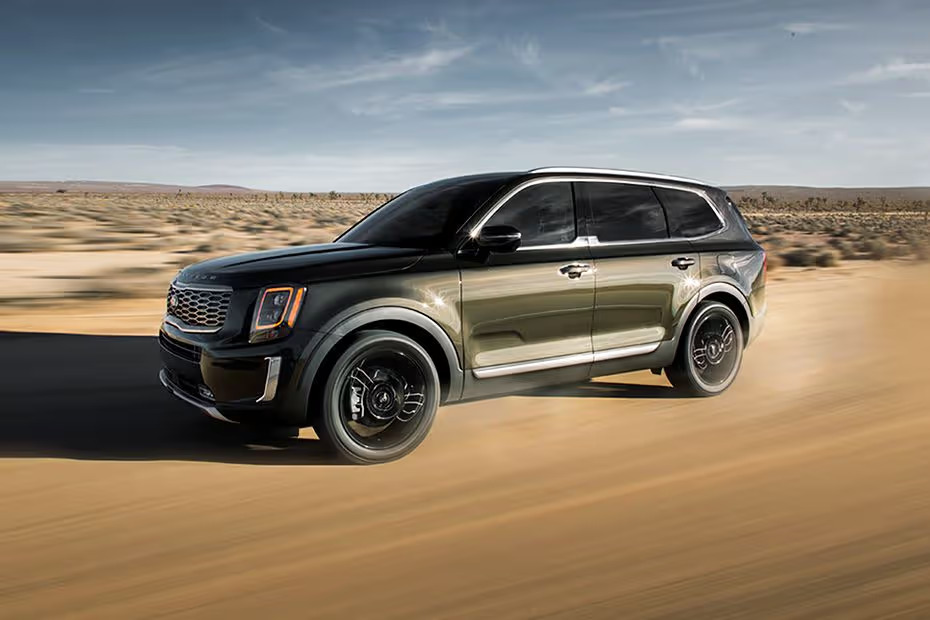
4. Kia Telluride
The Kia Telluride has quickly become a household name in the three-row SUV segment, thanks to its upscale design, spacious interior, and unbeatable value.
Available in higher trims is a panoramic sunroof that extends across the first and second rows, adding a touch of luxury that’s unusual at this price point. It’s a feature that many buyers love—until summer rolls around. That’s when the limitations of the sunroof shade become evident, particularly in sun-baked environments.
The sunroof shade used in the Telluride is made of a perforated, fabric-like material that filters light but lets in far too much heat. Passengers—especially those in the second row—often report feeling the warmth radiating from the ceiling during peak sun hours.
For families with young children, this can be more than just an inconvenience. It creates a less-than-ideal cabin environment, even when the AC is running at full speed. The rear of the cabin tends to suffer the most, with slower cooling and more noticeable heat retention.
This oversight is particularly surprising given how well Kia designed the rest of the Telluride’s interior for comfort. With heated and ventilated seats, tri-zone climate control, and multiple USB ports, it’s clear that passenger satisfaction was a priority, so why wasn’t the sunroof shade engineered with the same care?
It’s a flaw that feels at odds with the otherwise family-first philosophy of the vehicle. Even in milder climates, owners notice the added warmth and often end up using sunshades or closing the roof entirely to maintain comfort.
Aftermarket solutions can help—custom-fit thermal shades, high-grade window tint, and reflective inserts are popular among Telluride owners in hot regions.
However, none of these are factory-integrated solutions, and they add complexity or cost that could have been avoided with a better stock design. The decision to prioritize aesthetics over insulation here was a misstep, and it slightly undermines the Telluride’s otherwise excellent reputation.
If you’re considering the Telluride and live in a warm region, it’s worth testing the sunroof feature in person, particularly during the heat of the day. While it’s still one of the best values in its class, this sunroof issue may influence your trim or configuration choice. Hopefully, future versions will address this with a more robust and heat-resistant sunshade design.
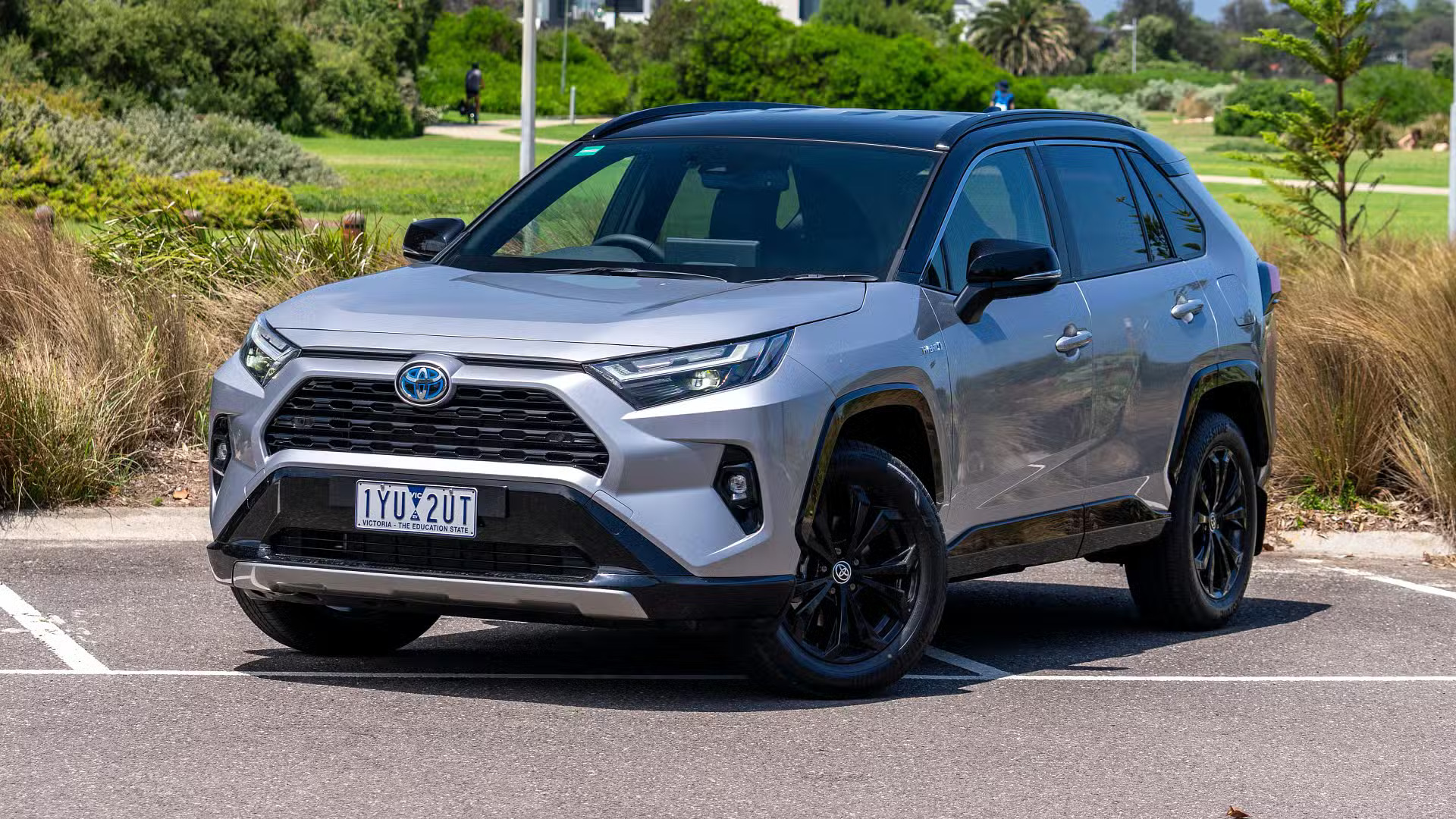
5. Toyota RAV4
Toyota’s RAV4 has evolved significantly over the years from a basic compact SUV to a tech-rich, eco-friendly, and family-focused vehicle. The latest iterations, especially in the Hybrid and Prime trims, offer a large panoramic glass roof for an upscale experience.
This feature is intended to enhance the interior ambiance, making it feel more premium and spacious. However, like many others in this list, the sunroof’s integrated shade is inadequate when it comes to managing cabin heat.
The RAV4’s sunshade is a thin, single-layer fabric that primarily reduces light but does very little to keep out radiant heat. On hot days, the interior heats up quickly, particularly in areas directly beneath the roof.
The effect is more pronounced in darker interior trims, where heat is absorbed and retained. Many owners in warmer states report having to run their AC at max settings after short parking periods, which leads to unnecessary strain on both the engine and climate system.
This heat buildup isn’t just uncomfortable—it also impacts fuel efficiency, particularly in hybrid and plug-in models. When the electric motor must divert more power to air conditioning, range and performance can take a hit.
For eco-conscious buyers, this is a frustrating contradiction in a vehicle that’s otherwise designed to save energy and reduce emissions. It makes a strong argument for Toyota to reconsider how it equips vehicles built for sustainability.
Safety is also a concern. Families often seat children or pets in the rear seats, directly under the sunroof. On hot days, this can lead to discomfort and, in extreme cases, health risks.
Toyota’s emphasis on safety features like Toyota Safety Sense makes this oversight more glaring. Why include pedestrian detection and lane tracing assist, but not a properly insulated sunroof shade to protect occupants from the sun?
While the RAV4 remains an excellent choice for versatility and fuel savings, the sunroof shade is a definite weak spot—especially for those in sunny or high-temperature regions. If Toyota truly wants to position the RAV4 as the complete package, addressing this thermal shortcoming in future models should be a top priority.

6. Honda CR-V
The Honda CR-V is a perennial favorite in the compact SUV segment thanks to its practicality, reliability, and user-friendly design. With its most recent updates, especially in Touring and Sport Touring trims, the CR-V now includes upscale features like a panoramic sunroof that enhances the interior space and natural lighting.
While this upgrade aligns with consumer expectations for a premium experience, it unfortunately comes with a flaw that impacts comfort: the sunroof’s shade is not designed to block heat effectively.
The shade used in the CR-V is a lightweight, semi-translucent fabric that blocks sunlight but allows infrared heat to pass through. In warm climates or during the summer, this can turn the interior into a hotbox, particularly when parked.
Even a short time in direct sunlight can lead to significant cabin heat buildup. Passengers entering the vehicle will immediately notice how much warmer it is near the roofline, making what should be a premium feature feel like a liability.
One of the biggest concerns comes from families with young children or older passengers. Those sitting in the rear seats are often directly beneath the sunroof, which means they bear the brunt of the heat.
Despite Honda’s strong reputation for building practical, family-oriented vehicles, this design choice feels out of step with the brand’s usual attention to detail. The vehicle may come loaded with safety and comfort tech, but none of that mitigates the physical discomfort caused by poor thermal insulation.
Moreover, this inefficiency places additional strain on the CR-V’s climate system. While Honda’s AC unit is generally effective, it still requires more energy to cool the cabin down after significant heat absorption.
For hybrid versions of the CR-V, this can reduce efficiency and performance—an ironic trade-off for a vehicle meant to be environmentally conscious. For gasoline versions, it simply burns more fuel, especially during stop-and-go traffic after a heat-soaked idle period.
Though aftermarket solutions—such as ceramic window tint, thermal reflective inserts, and custom sunshades—are available, they add extra cost and hassle.
For a vehicle that typically shines in ergonomics and ease of use, this lack of built-in sunroof heat protection is a rare but important oversight. If you’re living in a hot climate, it’s worth considering whether the panoramic sunroof is a must-have or a feature best skipped to maintain comfort.
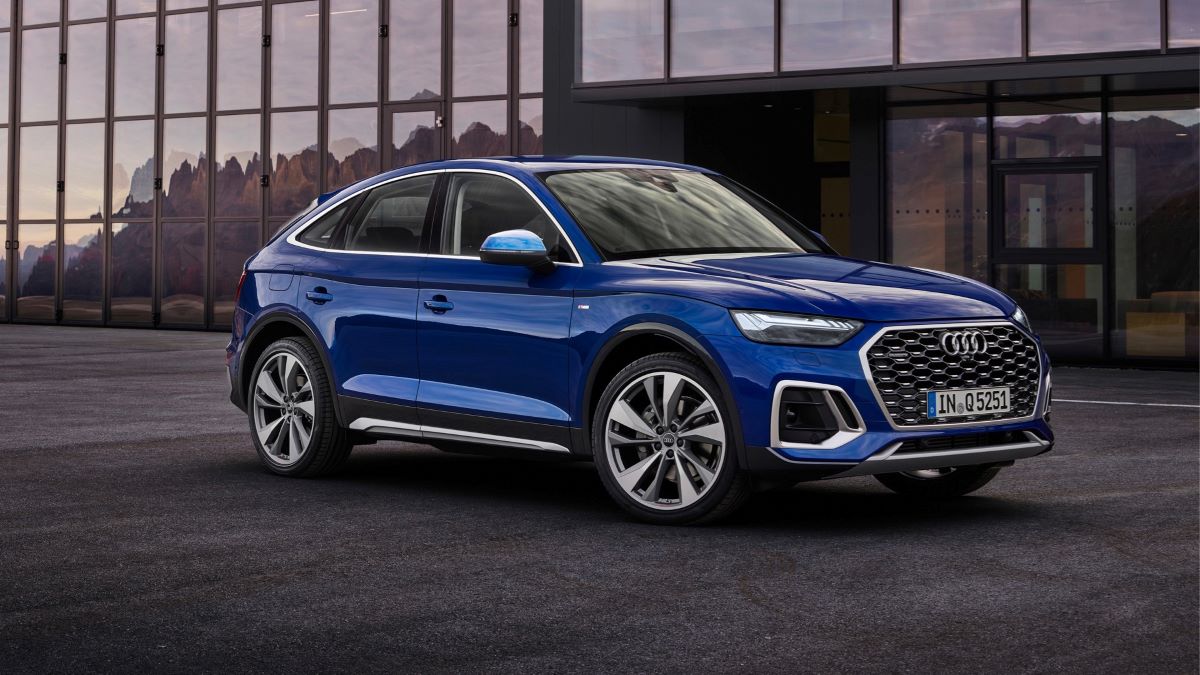
7. Audi Q5
The Audi Q5 is a standout in the luxury compact SUV market, praised for its refined driving dynamics, upscale interior, and cutting-edge technology.
It offers a panoramic sunroof as standard or optional equipment on most trims, a feature that’s highly desirable for buyers looking to infuse their drive with extra sunlight and a sense of openness. Unfortunately, like many vehicles on this list, the sunroof’s shade is more about aesthetics than utility when it comes to heat protection.
The Q5’s sunroof shade is motorized and designed with a fine-weave, semi-translucent fabric that offers partial light blocking but little thermal insulation. On warm days, this creates a significant problem: heat radiates into the cabin even with the shade fully closed.
The glass roof itself absorbs and re-emits warmth, causing temperature increases that can make the otherwise luxurious cabin feel stifling. It’s an issue that’s been noted by Q5 owners in hotter regions across the globe.
Audi’s climate control system is generally top-tier—it’s responsive, intuitive, and multi-zoned. But when it’s constantly playing catch-up with heat entering from above, even the best HVAC systems can’t mask the discomfort.
This results in longer cool-down times, more frequent adjustments, and increased use of fuel or battery power depending on the variant (gasoline or plug-in hybrid). For an SUV that promotes premium comfort, that kind of thermal vulnerability is jarring.
Additionally, luxury vehicles are expected to be nearly flawless in terms of comfort, so a failing as basic as poor sunroof insulation becomes even more noticeable. This problem also detracts from one of the Q5’s major advantages: its serene, high-quality interior.
Leather, wood, and metallic trim pieces quickly retain heat, reducing the appeal of the carefully designed cabin when it’s uncomfortably warm—something that goes against the very essence of luxury motoring.
Though ceramic tints and aftermarket heat-blocking shades help mitigate the problem, they shouldn’t be required at this price point. Audi’s oversight reflects a broader trend in the industry where visual flair is prioritized over everyday practicality.
For drivers in milder climates, this may be a non-issue. But for those in sun-drenched or tropical environments, it’s an Achilles heel in an otherwise stellar package.
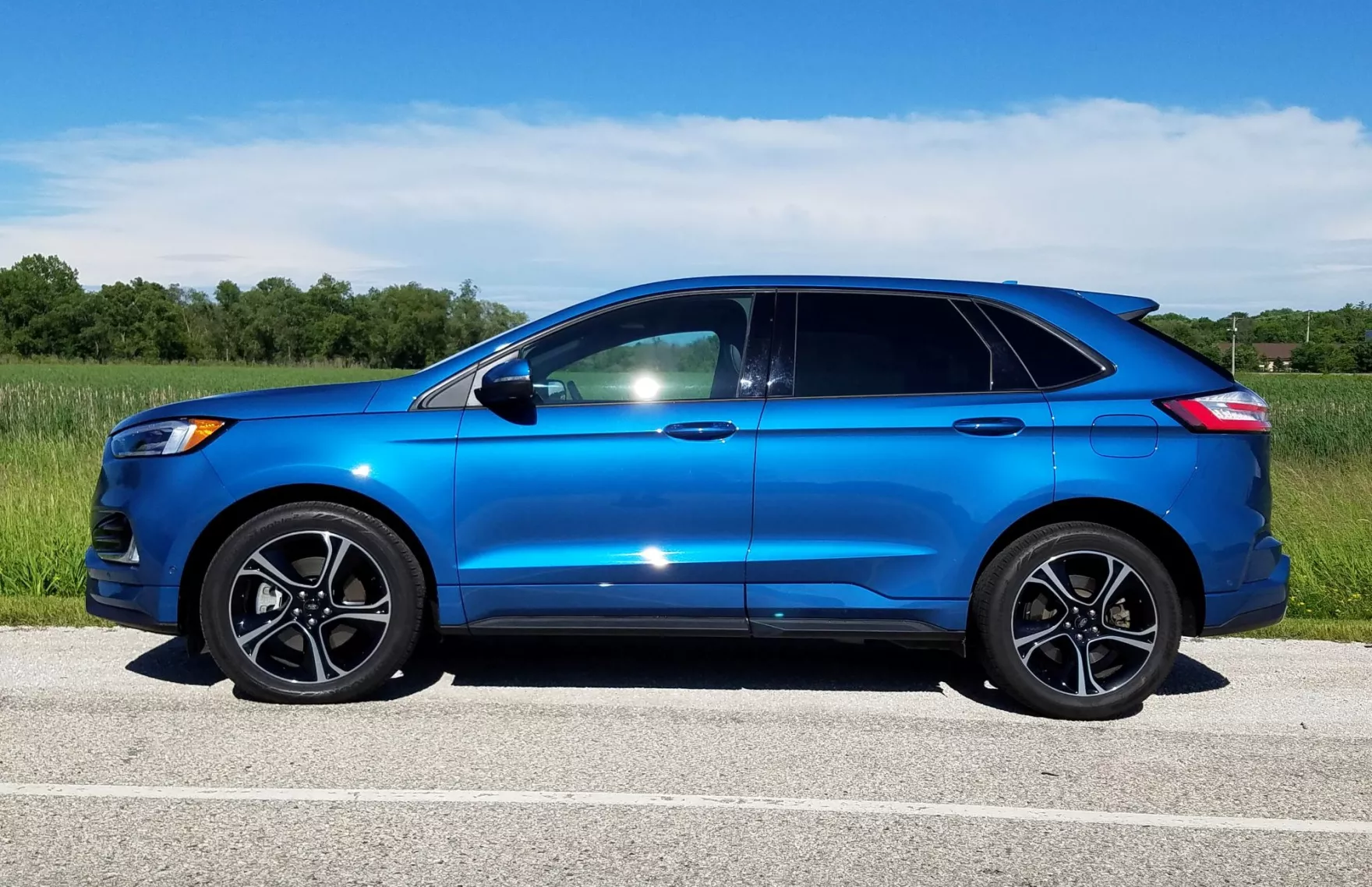
8. Ford Edge
The Ford Edge has long been a solid contender in the midsize SUV segment, especially for buyers seeking a spacious cabin and a comfortable ride. Available in trims like Titanium and ST, it features a panoramic Vista Roof that stretches across both rows, offering expansive sky views and a touch of luxury.
While the feature looks great in brochures and offers real aesthetic appeal, it suffers from a functional flaw: the included sunroof shade doesn’t provide sufficient heat protection.
The sunshade is a mesh-style screen that filters light but allows heat to permeate the cabin. On sunny days, especially in places like California, Florida, or the Southwest, this quickly becomes a problem.
The cabin heats up faster, and passengers often feel the warmth radiating from above, even when the vehicle is parked for a short time. This can result in an uncomfortable ride, particularly for rear passengers and children seated directly under the glass.
The air conditioning system in the Edge is generally strong and multi-zoned in higher trims, but it’s often forced to work overtime in these conditions. This additional strain is especially problematic in stop-and-go traffic or during short commutes, where cooling the cabin quickly is essential.
The constant need for heavy HVAC use also affects fuel economy, defeating one of the primary advantages of the Edge’s turbocharged EcoBoost engines.
From a design standpoint, it’s perplexing that Ford didn’t use a denser, more insulated material for the shade, especially considering that the Edge markets itself as both a family and commuter vehicle.
Families in particular value comfort and functionality over showy features, and being baked under a sunroof, even with the shade drawn, is a design miss that becomes frustrating over time.
Owners looking for a fix often turn to ceramic window tints or install third-party thermal sunshades, but these shouldn’t be necessary in a vehicle that’s marketed as well-rounded and family-friendly.
The Edge remains a good package in many respects, but this thermal inefficiency via the roof is something that prospective buyers in hot climates should seriously consider.
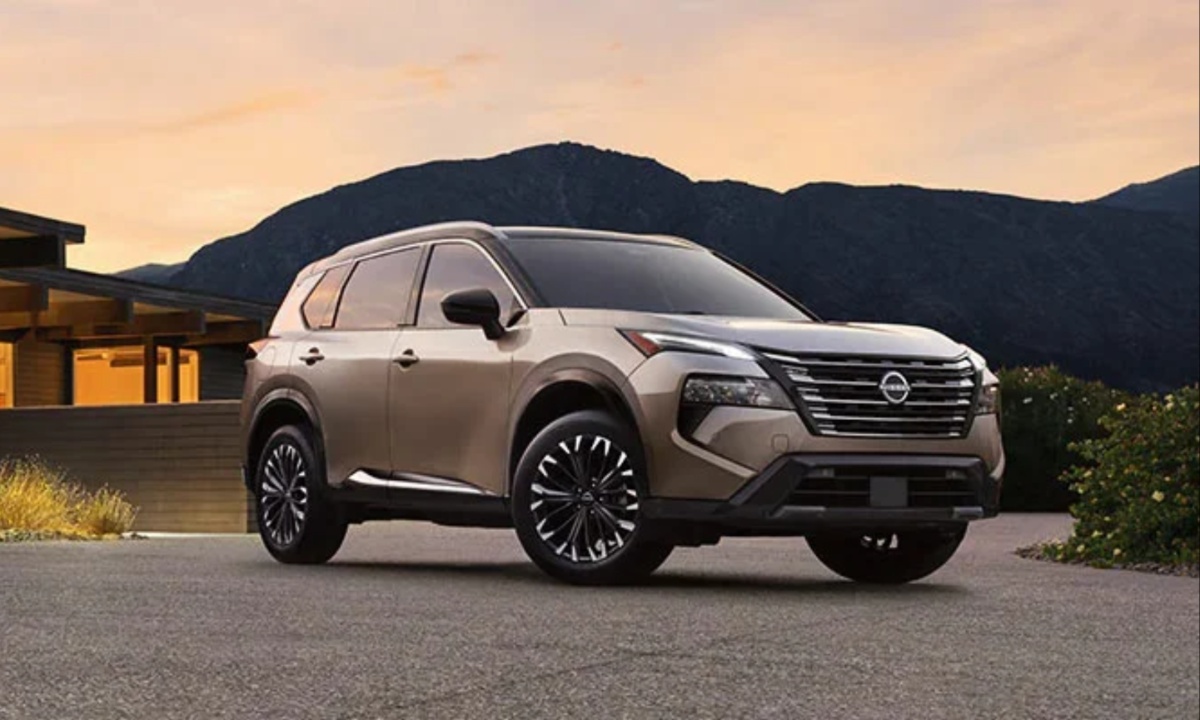
9. Nissan Rogue
The Nissan Rogue has matured into a well-equipped and competitively priced compact SUV that’s popular with both families and commuters. In recent years, Nissan has added more upscale features to the Rogue, including a large panoramic sunroof in higher trims like the SL and Platinum.
While it certainly contributes to the open, airy feel of the interior, the sunroof’s poorly insulating shade brings with it some unwanted heat-related consequences. The included sunshade is a thin, pull-back cloth screen that blocks some light but does very little to stop infrared radiation from penetrating the cabin.
During hot days, this can lead to rapid heat buildup in both the front and rear rows, with passengers seated beneath the glass roof often bearing the worst of it. Many drivers report feeling an immediate wave of warmth when entering the car, despite having the shade fully closed.
This thermal load puts pressure on the Rogue’s climate system, particularly when first starting the vehicle after it’s been parked in the sun. While Nissan’s HVAC system is decent, it isn’t as fast or powerful as those in some competing models, meaning cool-down times can be frustratingly long.
This is especially problematic for families with kids or pets, where quick temperature regulation is a necessity rather than a luxury. Adding to the issue, many Rogue owners live in urban areas or apartment complexes where covered parking isn’t always an option.
Without the ability to shelter the vehicle, they’re often left to rely on aftermarket fixes—like reflective roof panels, extra cabin fans, or UV-reducing window film—to offset the problem. While these can help, they add extra cost and complexity to what should be a turnkey family vehicle.
Nissan could easily remedy this by switching to a multi-layered, insulated sunshade that offers better heat resistance, especially since the rest of the Rogue’s cabin is thoughtfully designed for daily comfort and usability. Until then, it’s a compromise that buyers in warm regions will need to weigh carefully before signing on the dotted line.
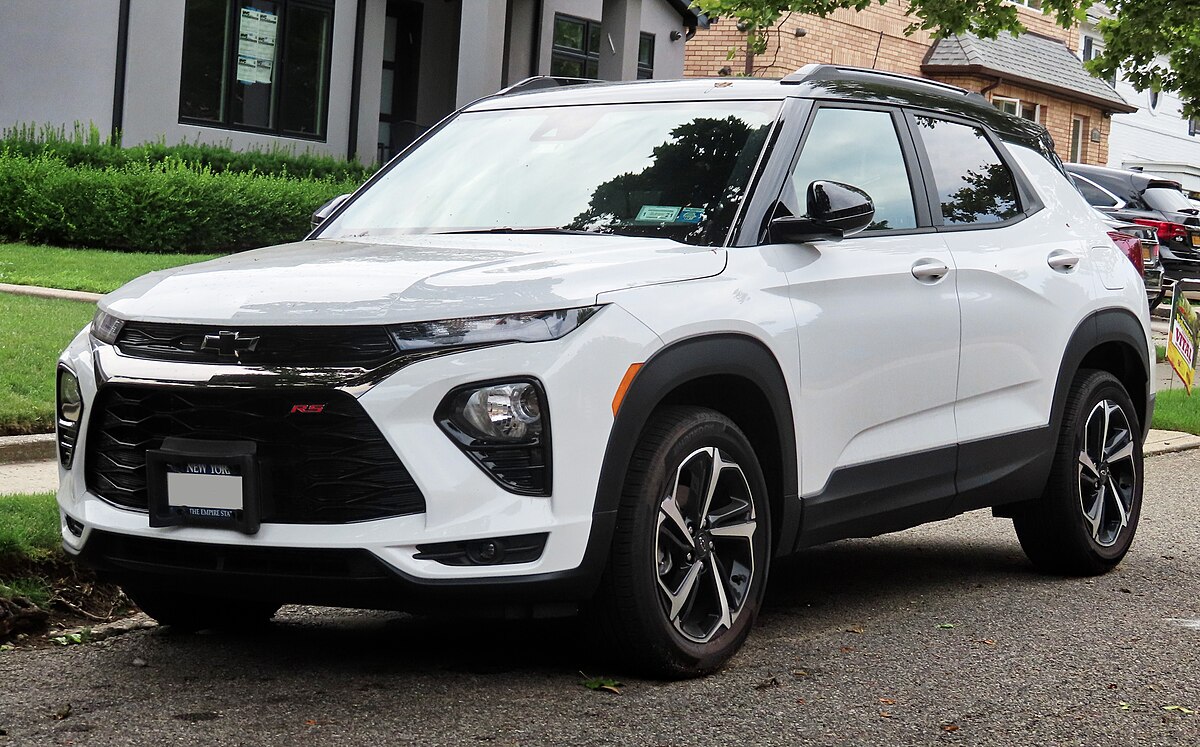
10. Chevrolet Blazer
The Chevrolet Blazer has made a name for itself as a sporty, design-forward midsize SUV with bold styling and athletic character. Its interior features sharp lines, Camaro-inspired touches, and a strong tech suite.
One of its flashier options is the panoramic sunroof, available on RS and Premier trims. It’s designed to complement the Blazer’s aggressive aesthetic—but the sunroof’s thermal performance leaves much to be desired.
The sunroof shade included in the Blazer is a thin, perforated screen that’s more about reducing glare than blocking heat. In hot weather, the cabin, particularly the upper regions, can become almost unbearably warm after even brief exposure to direct sunlight.
This is particularly noticeable if the Blazer is parked without a windshield shade or exterior cover. Owners consistently report heat radiating from the ceiling, creating a less-than-pleasant driving experience.
This is unfortunate because the Blazer’s air conditioning system is otherwise effective and well-integrated. However, when it’s tasked with cooling a superheated cabin, especially one with dark leather or plastic trim, it can take several minutes to normalize temperatures.
This delays passenger comfort and results in additional fuel consumption during startup—something that undermines the vehicle’s efficiency and appeal. Chevrolet has made efforts to blend form and function in the Blazer, but the sunroof shade clearly favors design over daily usability.
This is particularly problematic for families and commuters in high-heat areas who depend on their vehicle being ready and comfortable at all times. The Blazer’s stylish cabin shouldn’t come at the cost of basic comfort, and this sunroof flaw makes it harder to recommend for buyers in places with intense sunshine.
To mitigate the issue, many owners resort to applying ceramic tints or installing reflective heat shields on the inside of the glass roof. While these steps help, they also feel like a workaround for a design oversight.
For a vehicle that’s otherwise polished and attractive, this one weak spot ends up dragging down the ownership experience for heat-sensitive drivers.
Also Read: 10 Cars With Rear Seats That Fold Fully Flat for Maximum Cargo Space and Everyday Flexibility
While panoramic sunroofs and expansive glass roofs have become highly desirable features in today’s vehicle market, offering openness, natural light, and a luxurious aesthetic, they often come with a major downside that many buyers overlook until it’s too late: poor heat insulation.
As this article has explored in depth, even some of the most popular and premium vehicles on the road—from electric crossovers like the Tesla Model Y to luxury SUVs like the BMW X5—suffer from inadequate sunroof shades that fail to block heat effectively. In sunny or hot climates, this results in elevated cabin temperatures, decreased comfort, and increased strain on the vehicle’s air conditioning systems.
What’s particularly frustrating is that these flaws are found in vehicles across a wide price spectrum. Budget-conscious models like the Honda CR-V and Nissan Rogue, as well as high-end options such as the Audi Q5 and Chevrolet Blazer RS, all fall short in the same basic category.
The thin, mesh-like shades commonly used are visually subtle and may complement interior design, but they don’t do the essential job of thermal protection. These are not just minor inconveniences; in real-world scenarios, they lead to greater fuel or battery usage, driver fatigue, and longer cooling times, especially in areas where the sun is intense and frequent.
Even more concerning is the fact that many of these vehicles are marketed with family comfort, environmental efficiency, or luxury in mind. It seems contradictory that a hybrid like the Toyota RAV4 Prime or an eco-forward model like the Hyundai Ioniq 5 would compromise range or efficiency due to avoidable thermal issues.
Likewise, for vehicles designed with children and long commutes in mind—like the Kia Telluride or Ford Edge—such shortcomings in passenger comfort seem like an unforced error.
In a world where buyers are increasingly discerning and well-researched, features need to work not just in theory or advertising but under real-world conditions.
The good news is that most of these issues can be mitigated with aftermarket solutions—ceramic tints, reflective inserts, or insulated sunshades—but they all require additional expense, installation, and compromise. More importantly, they highlight a need for automakers to revisit their material choices and consider climate resilience as a standard part of the design process.
Sunroofs are here to stay, but they need to evolve into more than just see-through panels with cosmetic screens. A shift toward dual-layered shades, UV/IR-blocking films, or even electrochromic glass could offer real, usable solutions that don’t sacrifice visual appeal for functionality.
Ultimately, while sunroofs can add significant enjoyment to a driving experience, it’s essential for consumers, especially those living in hot or sunny climates, to weigh the trade-offs.
Cabin comfort shouldn’t be compromised for a view of the sky. Buyers should consider testing sunroof-equipped models on warm days, asking tough questions at the dealership, or opting for trims without the feature if heat management is a high priority.
And for automakers, the takeaway is clear: it’s time to treat heat-blocking sunroof shades not as an afterthought, but as a critical piece of the comfort and efficiency puzzle.

